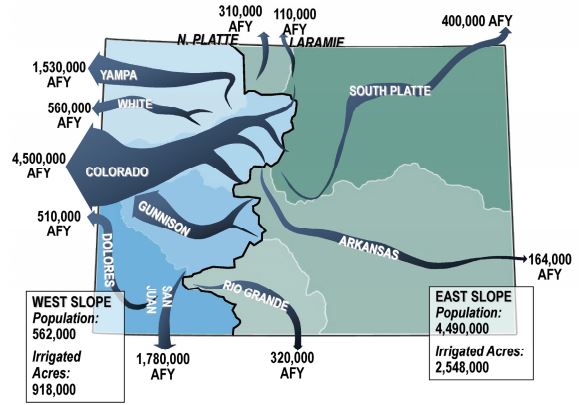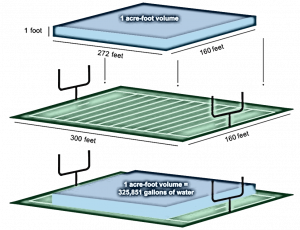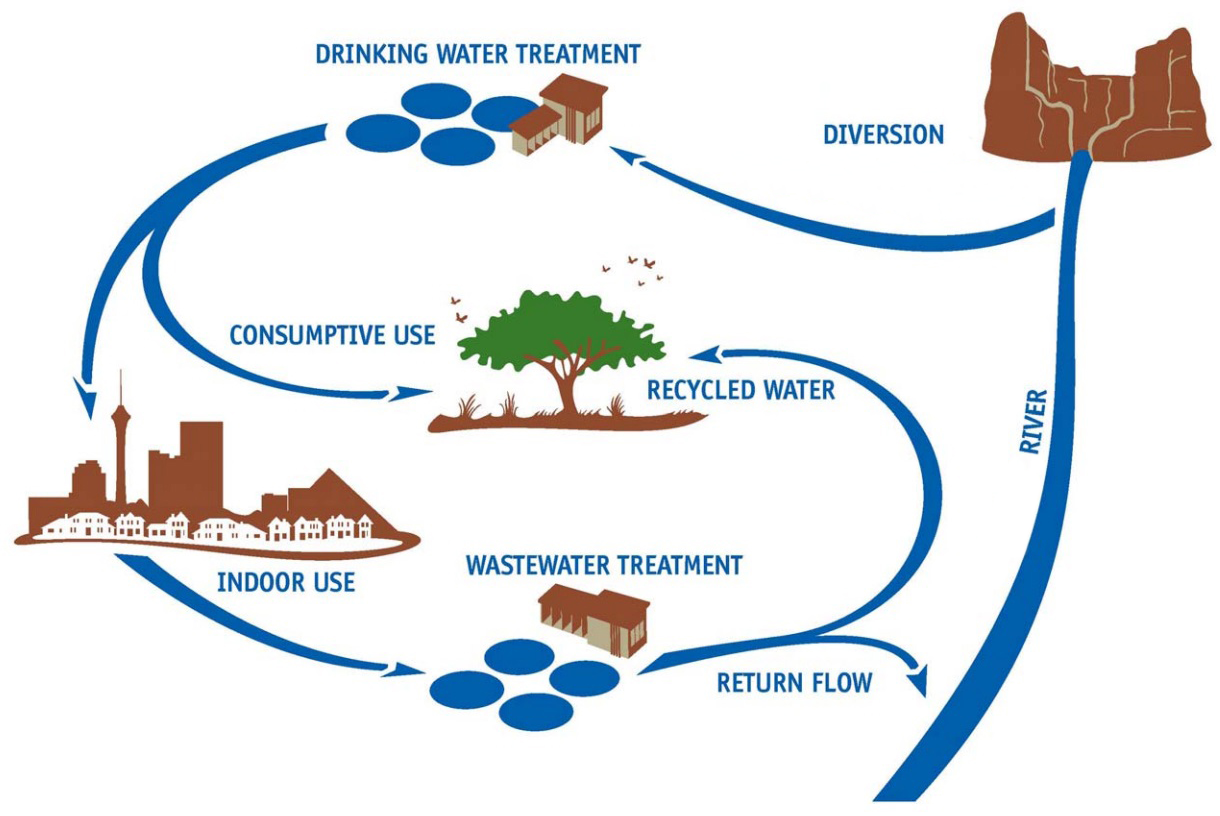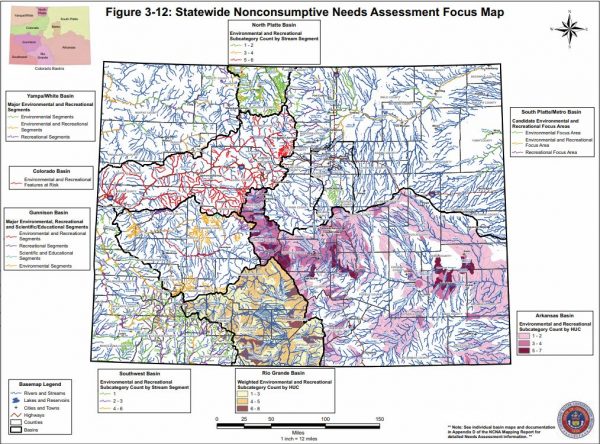Water Supply
Colorado is a headwaters state supplying water to over five million Coloradans, 18 other states and Mexico, and does so through reliance on precipitation, mainly in the form of snow (Grace, 2015). Colorado’s Department of Local Affairs [DOLA], 2015) projects the state’s population to nearly double to 8.6 to 10 million people by 2050. As Colorado’s Water Plan (State of Colorado, 2015) points out, this population growth will create a significant need for an additional 600,000 to one million AF of water annually to meet future municipal and industrial (including self-supplied industrial) demands. Some areas of the state (e.g. South Denver Metro area) already need to replace nontributary groundwater supplies; therefore, simply acquiring new supplies within the state to meet future needs is not an option.
To further complicate growing water supply needs, supplies are not necessarily where demands are: approximately 80% of Colorado’s water falls and flows west of the Continental Divide, while 80% of the population and the majority of irrigated acres are found east of the Divide (Water Education Colorado [WEco], 2014; Colorado Water Conservation Board [CWCB], n.d., 2011). Although the West Slope is projected to grow at a faster rate than the Front Range, the Front Range basins (Arkansas and South Platte) will continue to have the largest populations in the state (CWCB, 2011).




